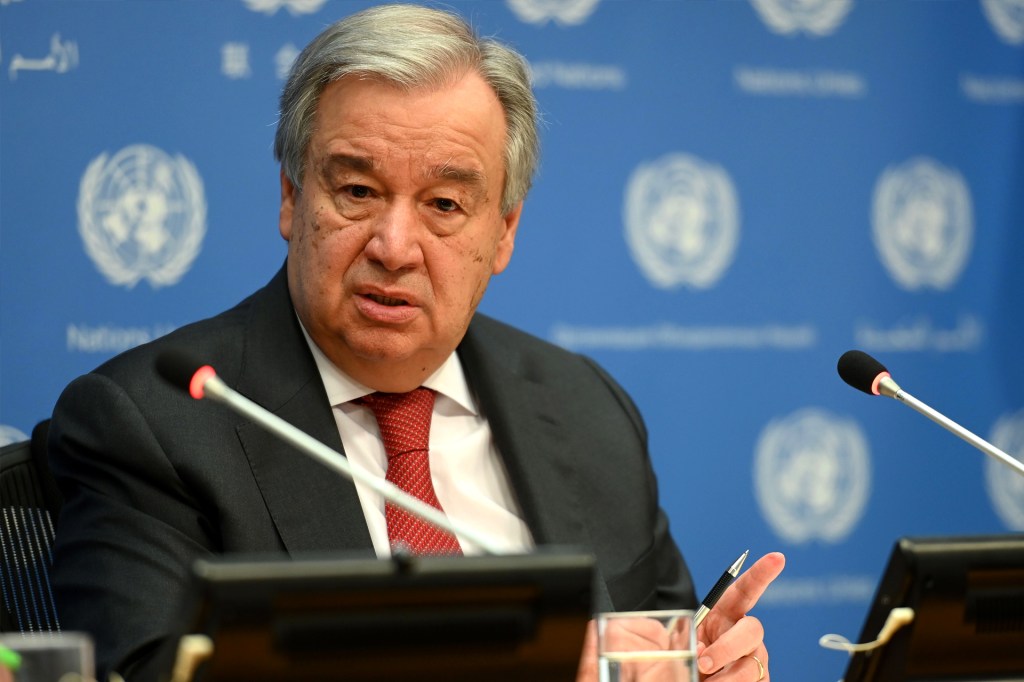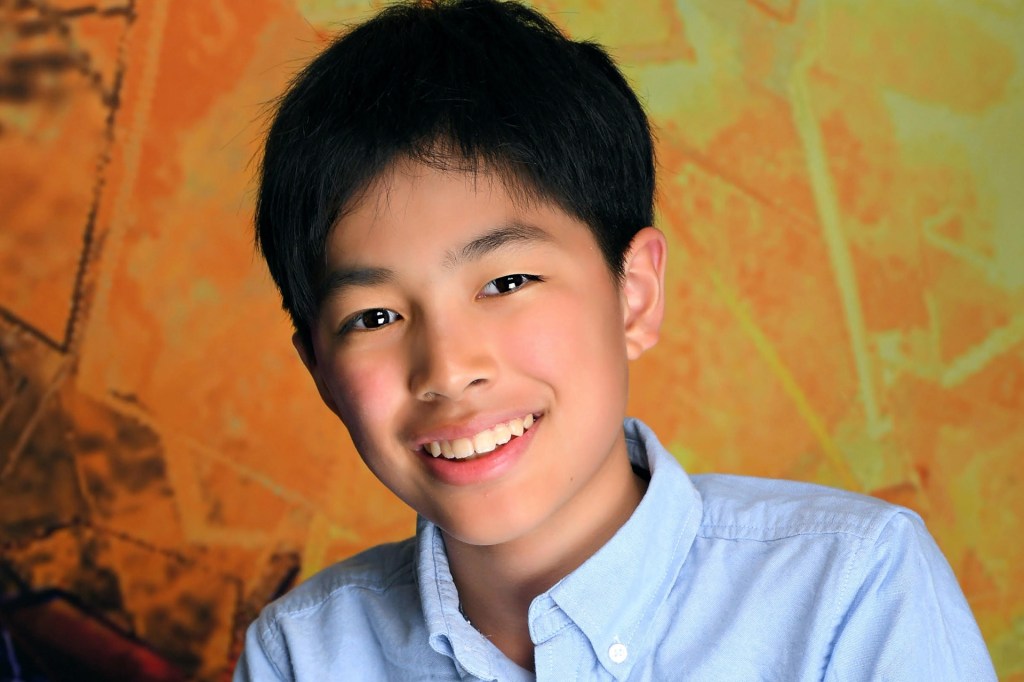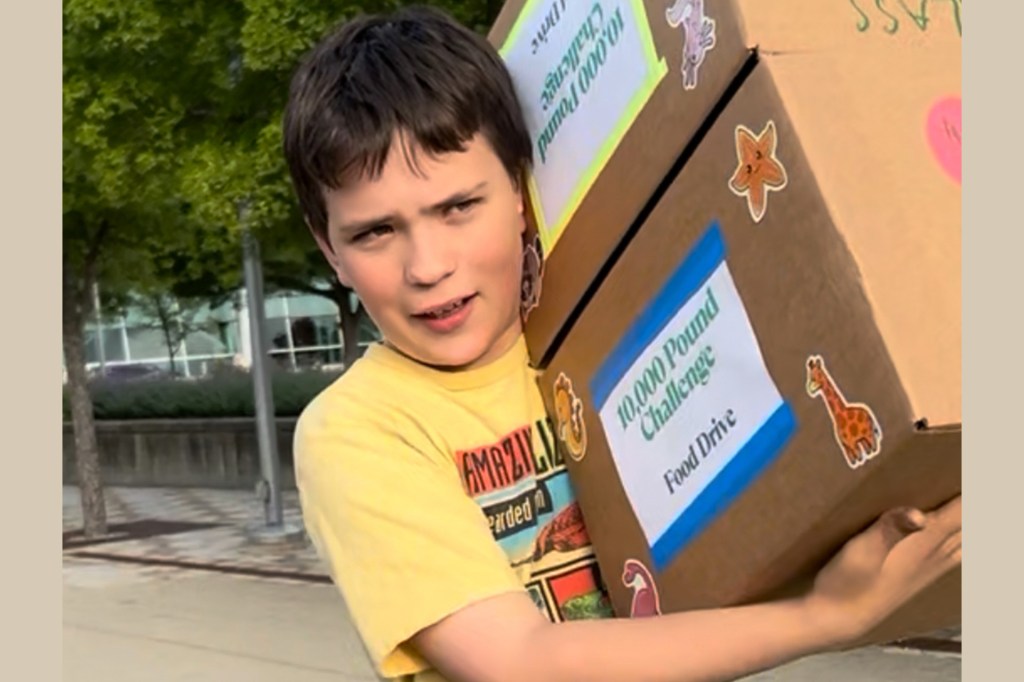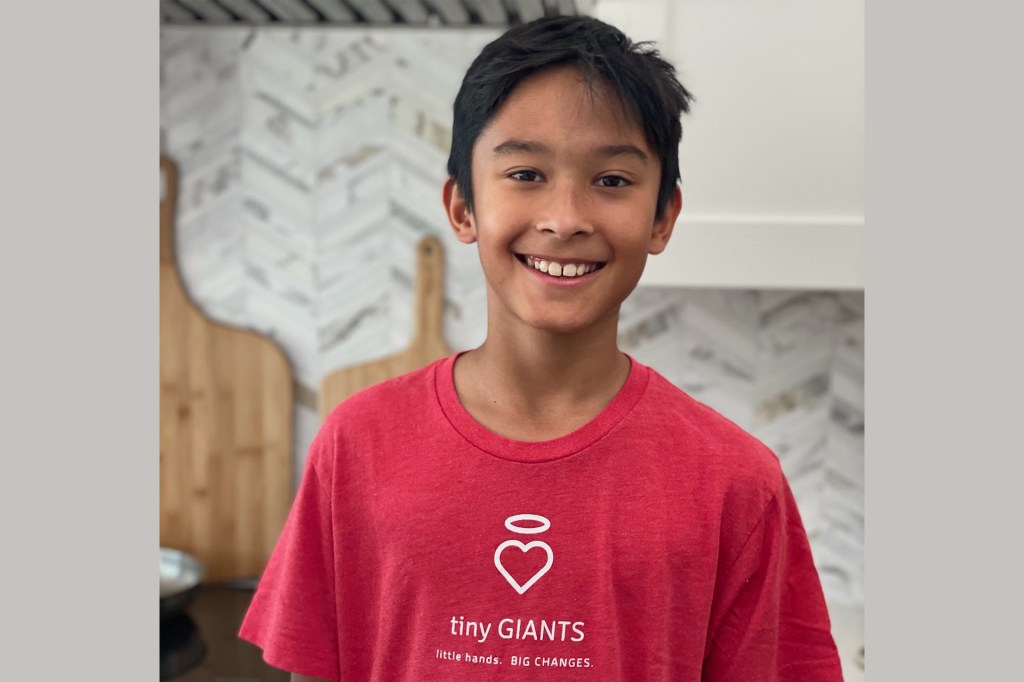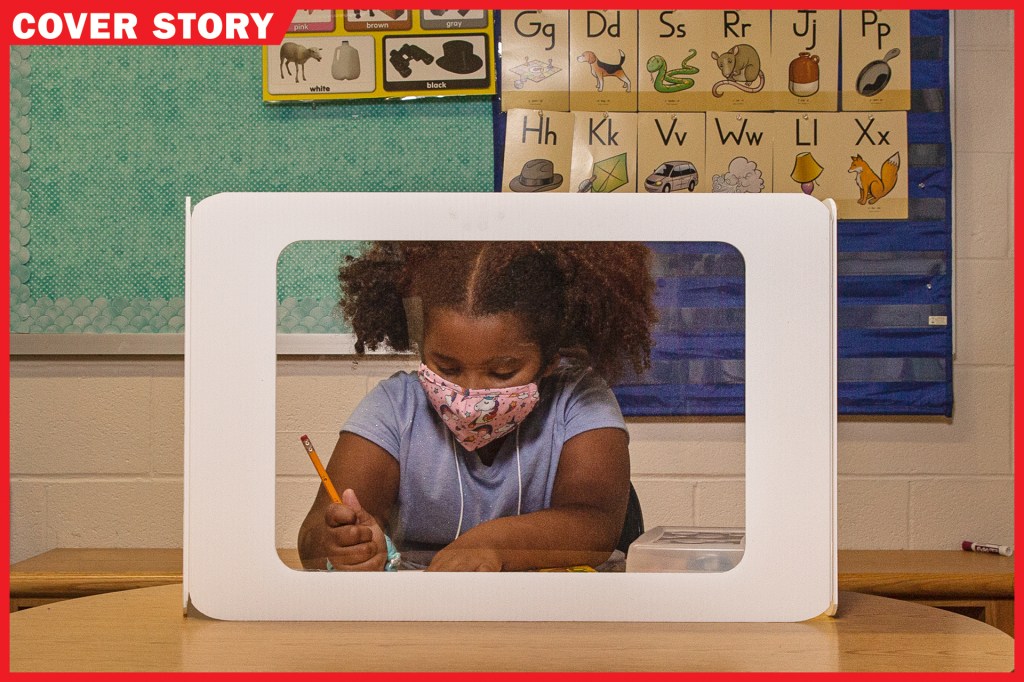
Esteban Tarango, 12, was excited to make new friends when he started middle school this year, in Tempe, Arizona. Instead, his school year kicked off in front of a computer screen. “I’m honestly kind of sad,” Esteban told TIME for Kids. “I feel like I’m missing out.”
Because of the coronavirus pandemic, the back-to-school experience has been upended
upend
 YOUNGVET—GETTY IMAGES
to turn something upside down
(verb)
The storm upended our plan to visit the playground.
for students everywhere. As of mid-July, school closures had affected more than a billion students worldwide, according to United Nations secretary-general António Guterres. In an August 4 video message, he said the pandemic “has led to the largest disruption of education ever.”
YOUNGVET—GETTY IMAGES
to turn something upside down
(verb)
The storm upended our plan to visit the playground.
for students everywhere. As of mid-July, school closures had affected more than a billion students worldwide, according to United Nations secretary-general António Guterres. In an August 4 video message, he said the pandemic “has led to the largest disruption of education ever.”
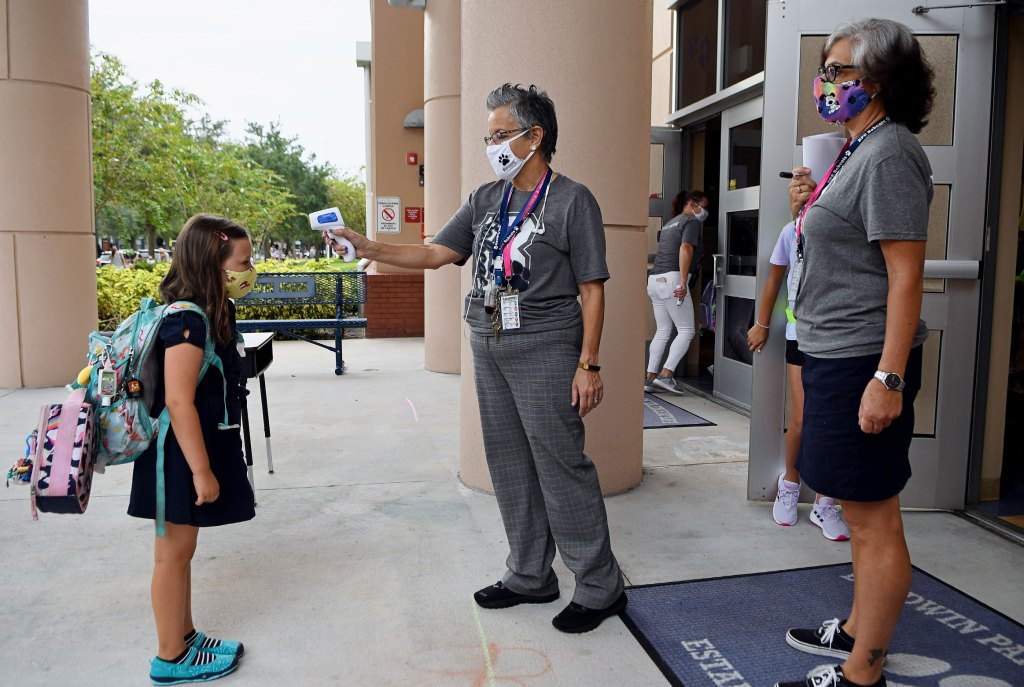
TEMP CHECK A student at Baldwin Park Elementary, in Orlando, Florida, has her temperature taken on her first day of school, August 21.
PAUL HENNESSY—NURPHOTO/GETTY IMAGESIn the United States, many schools have reopened with remote learning only. Some have brought students back into the classroom. Others are offering a mix of online and in-person instruction.
For students who have returned to their school buildings, life looks very different. The U.S. Centers for Disease Control and Prevention has provided guidance that schools can follow to protect against the spread of COVID-19. That’s the disease caused by the novel
novel
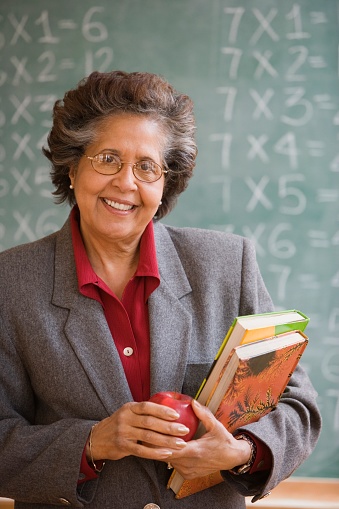 JOSE LUIS PELAEZ INC/GETTY IMAGES
not seen before
(adjective)
My teacher has a novel way of teaching multiplication.
coronavirus.
JOSE LUIS PELAEZ INC/GETTY IMAGES
not seen before
(adjective)
My teacher has a novel way of teaching multiplication.
coronavirus.

ALL CLEAN In Robeson Township, Pennsylvania, a school bus driver sprays disinfectant. School districts take this step to slow the spread of COVID-19.
PAUL HENNESSY—NURPHOTO/GETTY IMAGESHand-sanitizer stations and temperature checks are common in schools. New rules have been put in place, too. “We’ll have to wear a mask,” Mia Westerman told TFK over the summer. She’s a sixth-grade student in Clarksburg, West Virginia. “We’ll have to social-distance,” she added. “And we’re not allowed to change classes or eat in the cafeteria.”
The Big Picture
The novel coronavirus was discovered in 2019. Because it is new to people, our understanding of it is always changing. Recent studies show young people are not as likely as adults to get seriously sick from the virus. But kids can spread it to others. When kids are together at school, the chances increase that the virus will spread to the larger community.

LUNCHTIME New measures are in place to promote social distancing at a school cafeteria in Winter Springs, Florida.
BEN HASTY—MEDIANEWS GROUP/READING EAGLE/GETTY IMAGESDecisions about how and when to reopen schools for in-person learning are being made on a case-by-case basis. They’re constantly reevaluated by government officials and school leaders.
“It depends on where you are,” Dr. Anthony Fauci said in a July 24 interview with the Washington Post, when asked if kids should be back in classrooms. Fauci is the nation’s top infectious-disease expert. “We live in a very large country,” he added. In some parts of the United States, the virus is better controlled than in others.
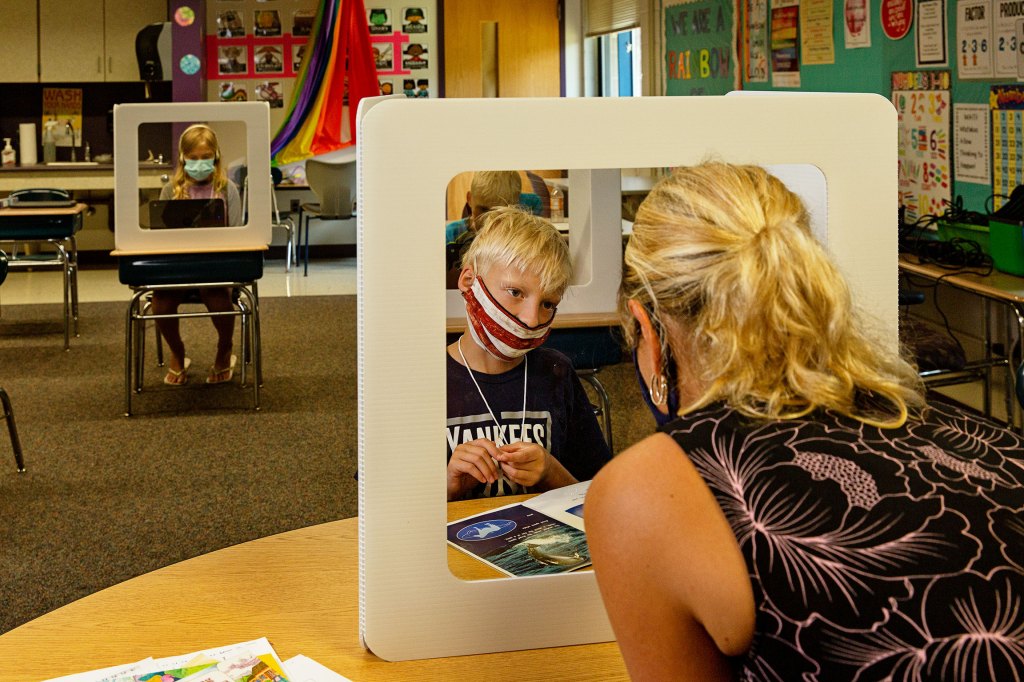
NEW TO CLASS A teacher and a fourth-grade student at Wesley Elementary School in Middletown, Connecticut, use a see-through barrier to work on a reading lesson over the summer.
GILLIAN LAUB FOR TIMENo Easy Solution
There are no easy answers about the best way to learn during the pandemic. In-person learning would help the economy by allowing some parents to go back to work. Still, many people think remote learning is the safest option for now.
Yet learning away from teachers and classmates is isolating, especially when done for long periods of time. It’s having an effect on kids’ mental health. The pandemic has also created greater inequalities. Kids who rely on school for some of their meals might not have enough to eat. And students who lack access to computers or reliable Internet are having a harder time getting their work done.
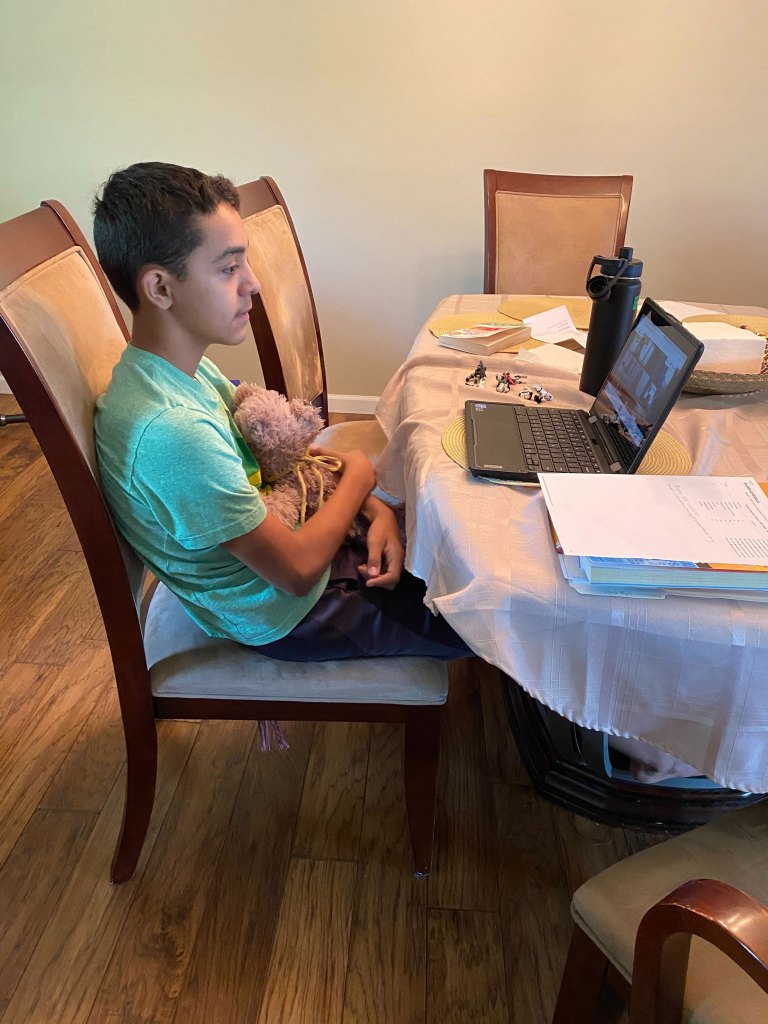
FIRST-DAY JITTERS Esteban Tarango, 12, attends his first day of middle school from home, in Tempe, Arizona, on August 17.
COURTESY ESTEBAN TARANGO“There are concerns about not everybody having the technology and tools they need,” Melissa Seltzer says. She teaches third grade in New York City.
There’s so much uncertainty in the world right now. But one thing is for sure: You and your classmates are part of history. Years from now, kids will learn about the pandemic. They’ll read about students like Esteban, in Arizona, and Mia, in West Virginia. They’ll want to hear about your experience, too. And they will see you and your classmates as part of a resilient
resilient
 MONKEY BUSINESS IMAGES/GETTY IMAGES
able to become strong, healthy, or successful again after something bad happens
(adjective)
Janay is a resilient athlete, who has recovered from several injuries.
generation.
MONKEY BUSINESS IMAGES/GETTY IMAGES
able to become strong, healthy, or successful again after something bad happens
(adjective)
Janay is a resilient athlete, who has recovered from several injuries.
generation.





